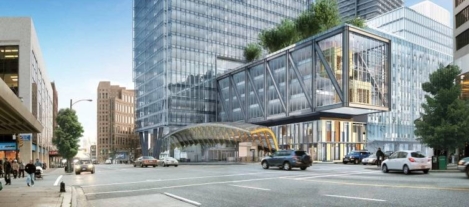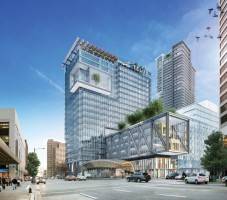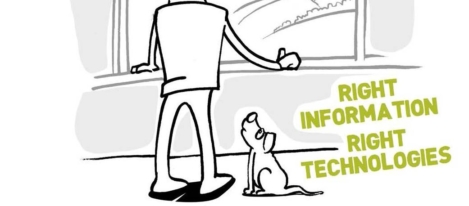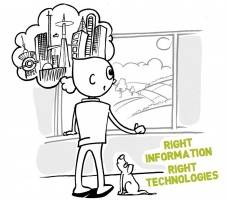April 26, 2016
New agreement to drive sustainable property development in Europe 0
 The World Green Building Council (WGBC) – a network of national green building councils aimed at influencing the green building marketplace – has announced that its Europe Regional Network has signed a Memorandum of Understanding to help drive sustainable property development with the European Bank for Reconstruction and Development (EBRD). The EBRD works to support the development of the private sector across Europe, the Southern and Eastern Mediterranean and Central Asia, and the provision of modern real estate infrastructure is essential to support economic expansion and diversification in these regions. The new agreement provides a framework to cooperate on a number of areas of sustainable building practices, including promoting best industry standards and practices for energy and resource efficiency, climate resilience and building sustainability; promoting innovative zero-waste design, green urban planning and low carbon emissions; engaging in policy dialogue; and mobilisation of financial resources.
The World Green Building Council (WGBC) – a network of national green building councils aimed at influencing the green building marketplace – has announced that its Europe Regional Network has signed a Memorandum of Understanding to help drive sustainable property development with the European Bank for Reconstruction and Development (EBRD). The EBRD works to support the development of the private sector across Europe, the Southern and Eastern Mediterranean and Central Asia, and the provision of modern real estate infrastructure is essential to support economic expansion and diversification in these regions. The new agreement provides a framework to cooperate on a number of areas of sustainable building practices, including promoting best industry standards and practices for energy and resource efficiency, climate resilience and building sustainability; promoting innovative zero-waste design, green urban planning and low carbon emissions; engaging in policy dialogue; and mobilisation of financial resources.
































April 11, 2016
What our enduring love of wooden office furniture tells us about how we work
by Paul Goodchild • Comment, Furniture, Workplace design
(more…)